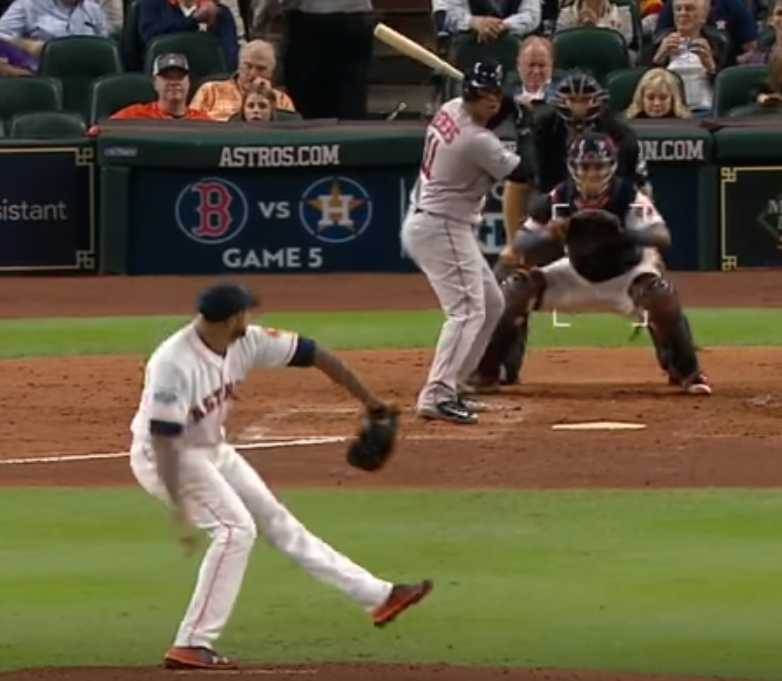
Pitching Mechanics: What to Make of an Open Landing Position
After my recent presentation at Pitchapalooza in Nashville, I received the following question from a college coach who was in attendance:
Q: “My question revolves around pitchers landing with an open foot position. From your experience and from a biomechanical standpoint what have you seen regarding this landing/stride position in regards to why it occurs and how you have gone about correcting it? And, how have you seen it impact knee and back health. My experience has been that there is either some underlying knee or back history, or something is about to occur. In the recruiting process, I’ve spoken with several coaches and scouts who won’t consider someone who has this issue (open foot strike) regardless of velocity, due to concerns over long term health.”
A: This answer can go in a lot of directions, so I decided to film a video:
In terms of a real-world example, take a look at Cressey Sports Performance athlete and Astros pitcher, Josh James. Josh has a slightly more retroverted hips presentation, and you can see that he lands a bit open. This is his normal alignment and he controls his body well, so it works for him (to the tune of consistent 100mph+ velocity).
More often that not, though, the pitchers who are winding up in this open foot position are getting there because of mechanical faults or physical limitations.
[bctt tweet=”It’s imperative to have a thorough assessment process for pitchers; you never want to try to take a mechanical fix to a movement problem.”]


